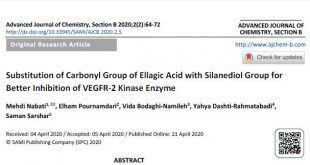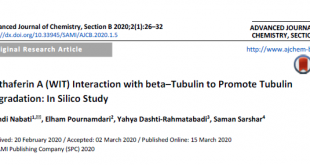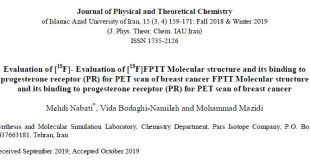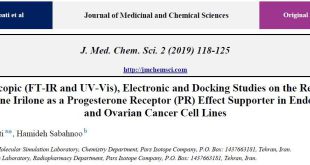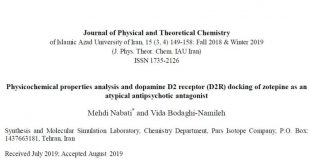Esketamine for Major Depressive Disorder (MDD) treatment
Major depressive disorder or MDD is a serious neurological condition that afflicts almost 300 million people around the world. Over the years, various classes of antidepressants have been developed. Although the efforts to manage MDD have been fruitful in many cases, still about 30% of patients show resistance to the available drugs. As a result, the attempt to find alternative therapies for treatment-resistant depression (TRD) has been of particular interest in the past few years. Despite the prominent use of monoamine systems such as serotonin, dopamine and noradrenaline systems in modern medicine and their general efficacy in treating MDD, the glutamate system have come into focus in hopes of achieving better and more effective outcomes. The glutamate system is proved to be one of the key neurological pathways contributing to depression prevalence in patients. The analysis of plasma, cerebrospinal fluid and the brain of MDD patients show elevated levels of glutamate. Furthermore, the over-expression of NMDA receptors in MDD patients have been reported in a series of studies. Ketamine is an NMDA receptor antagonist commonly used as an anesthetic drug. In certain doses Ketamine has fast-acting and powerful antidepressant properties. Ketamine is a racemic mixture consisting of two enantiomeric isomers R-ketamine and S-ketamine (also known as Esketamine). Esketamine has been observed to possess higher affinity towards NMDA receptors and is less likely to induce unwanted effects compared with racemic Ketamine. Furthermore, Ketamine is mainly administered via infusion which greatly affects the ease of drug use in patients. On the other hand, a period of weeks to months should pass before the beneficial effects of first-line antidepressants such as SSRIs are witnessed therefore; the rapid onset of action in Esketamine is of particular importance. The antidepressant effects of intranasal Esketamine take place after only 2 to 24 hours of its single dose administration. The intranasal administration of Esketamine as well as efficacy and safety of this drug as a complementary therapy alongside oral antidepressants in treatment of TRD have been thoroughly evaluated and in 2019, Spravato the nasal spray of Esketamine received its FDA approval. Intranasal rout of administration not only facilitates the use of drug by patients but also remarkably increases drug bioavailability through by-passing first pass metabolism. The improved bioavailability further results in lower dose consumption and limitation of adverse effects. Esketamine’s comparatively low molecular weight makes it suitable in intranasal delivery due to acceptable nasal mucosa absorption.
Although the previous studies provide detailed information about efficacy and safety of Esketamine in treating TRD and a general outlook on the mechanism of its effect on NMDA receptors, the exact structural and molecular drug-receptor interaction and the affected NMDA subunits are still unclear. In 2019, Dr. Mehdi Nabati and Dr. Vida Bodaghi studied the reactivity and stability properties of the antagonist compound esketamine and analyzing of its binding to the non-competitive N-methyl-D-aspartate receptor subunits (NR1, NR2A, NR2B and NR2D). In first step, they optimized the molecular structure of esketamine using density functional theory (DFT) method at B3YP/6-311++G(d,p) level of theory. The reactivity and stability properties of the title medicinal compound were studied by global reactivity indices. Their computational data showed the molecule is stable and has low tendency to interact with residues of the biomolecules like receptors and proteins. Secondly, they analyzed the molecule binding to the receptors by molegro virtual docker (MVD) program. Their computations indicated that the compound asserts its pharmacological effects mainly through interactions with NR2B receptors and the NR2B residues containing Gly [A] 128, His [A] 127, Gly [A] 264, Tyr [A] 282, Ser [A] 131, Asp [A] 265, Ser [A] 260 and Met [A] 132 are the main amino acids involved in the ligand-receptor complex formation.
For more information about novel drugs for Major Depressive Disorder (MDD) treatment, please read the following article:
 Iranian Chemist شیمیدان ایرانی
Iranian Chemist شیمیدان ایرانی
